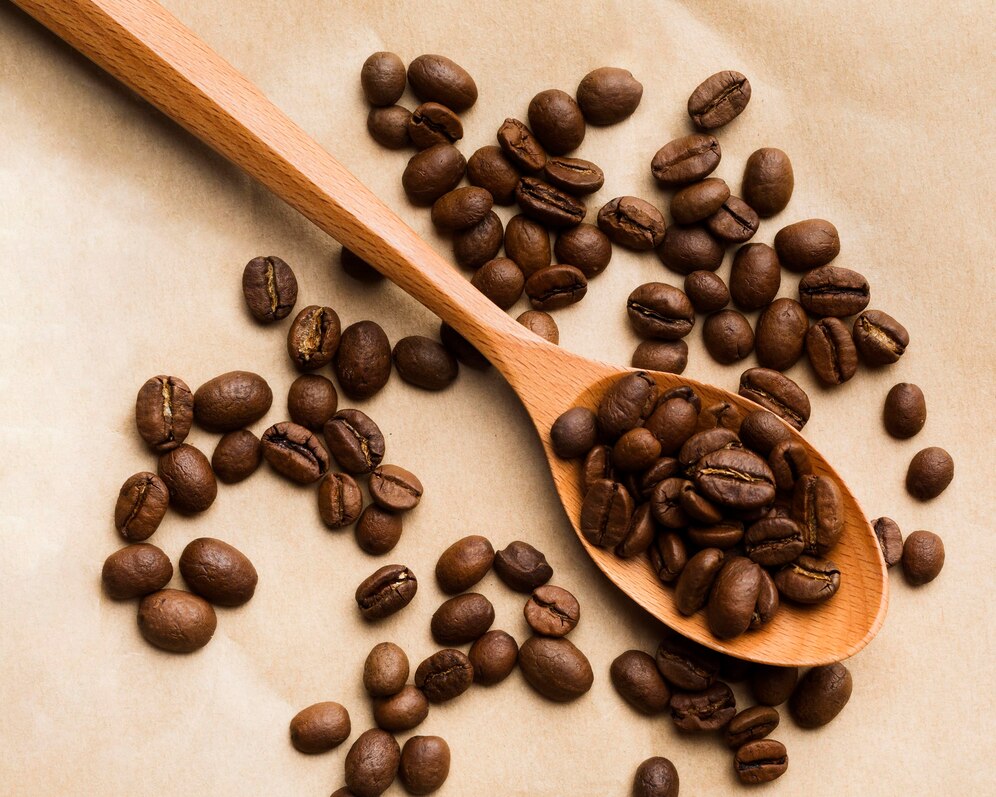
How Water Quality Affects Coffee Flavor: A Complete Brewing Guide

Water makes up 98% of your coffee, so its quality significantly impacts the flavor of your brew. Understanding how water quality affects coffee and how to improve it can help you consistently achieve great results at home.
Why Water Quality Matters for Coffee
The water you use extracts flavors from coffee grounds. Its mineral content, pH level, and overall quality determine whether your coffee tastes rich and balanced—or flat and bitter. If your coffee doesn’t taste as good as it does in your favorite café, water quality could be the reason.
Key Factors in Water Quality
1. pH Levels
The ideal pH for brewing coffee is slightly acidic to neutral, around 6.5–7.0. Water that’s too acidic or too alkaline can alter the coffee’s flavor profile, masking its natural notes.
2. Mineral Content
Minerals like calcium and magnesium are crucial for proper flavor extraction. However, water with too many minerals (hard water) can make coffee taste chalky or metallic, while water with too few minerals (soft water) may result in weak or sour coffee.
3. TDS (Total Dissolved Solids)
TDS measures the total concentration of minerals in your water. The Specialty Coffee Association recommends a TDS range of 75–250 ppm (parts per million). Staying within this range helps ensure optimal flavor extraction.
Best Water Options for Brewing Coffee
1. Tap Water
Tap water often contains chlorine and other impurities that can negatively affect coffee flavor. If you use tap water, consider using a filter to remove chemicals and excess minerals.
2. Filtered Water
Filtered water is ideal for coffee brewing because it removes impurities while retaining beneficial minerals. Filters like Brita or reverse osmosis systems are cost-effective and easy to use.
3. Spring Water
Spring water, with its naturally balanced mineral content, is one of the best options for brewing coffee. Look for bottled spring water with a TDS range of 75–150 ppm for optimal results.
4. Distilled Water
While distilled water is free of minerals, it’s not suitable for coffee brewing. The absence of minerals results in flat, lifeless coffee. Avoid using distilled water unless you add minerals manually.
Steps to Improve Your Coffee Flavor
-
Test Your Water Quality
Use affordable tools like a TDS meter and pH strips to assess your water. This step helps you determine if your water needs improvement. -
Use a Filter
Switch to filtered water to remove impurities and balance mineral content. A small investment in a water filter can make a noticeable difference. -
Descale Your Equipment
Hard water can cause scale buildup in coffee machines, which affects brewing performance and flavor. Descale your equipment regularly to keep it in top condition.
Why You Should Care About Water Quality
High-quality water enhances your coffee’s natural flavors, ensuring a richer, more satisfying brew. It also protects your equipment from mineral buildup, extending its lifespan. If you’re already investing in premium coffee beans, using the right water is an easy way to elevate your coffee game.
Take Action for Better Coffee
-
Switch to Filtered or Spring Water
Improve your coffee’s flavor instantly by choosing the right water. Filtered or spring water balances minerals for consistent, flavorful results. -
Test Your Water at Home
Invest in simple tools to monitor water quality and make necessary adjustments. -
Descale Your Coffee Maker
Keep your machine clean to prevent hard water from ruining your coffee.
Upgrade Your Coffee with Olde Brooklyn Coffee
Great water deserves great coffee. Explore our collection of expertly roasted beans here. Pair high-quality water with our premium blends for a perfect cup every time.
Great coffee starts with the right water and the best beans. Try it today and taste the difference!



